Producers
-
Description:
After several years working for more conventional wineries, Chiara Penati and her husband Michele Conoscente started Oltretorrente in 2010 with the purchase of 1.5 hectares of vines.. Both agronomists from Milan who had worked all over Italy, they had several ideas about where to create their own reality and decided on the sleepy village of Paderna, set in the hills of the Tortona region (Colli Tortonesi) in southeast Piedmont, where there are only 30 estates bottling wine. The name Oltretorrente means “Beyond the Stream,” in reference to the Scrivia, a tributary of the Po River, but it could be interpreted as “Countercurrent.” Today, the estate covers 7.5 hectares (7 are owned and 0.5 are rented and fully farmed). The vines range from 15 to 100 years old at altitudes up to 300 meters, with slopes so steep that when it rains too much, their small caterpillar tractor is useless and they have to do the vineyard work the old-fashioned way. Current total production is 25-30,000 bottles, up considerably since 2018, when some new vineyards came on board.
They farm their land organically, but use some biodynamic methods as well. Since they acquired the vineyards, they have worked to restore natural soil fertility by planting grass in soils that were hoed for many years; they did a thorough analysis of the soils of their 10 different parcels to determine which plants are the most beneficial to these sites. They harvest the fruit from each of their parcels separately to preserve the characteristics of each.
In the cellar, macerations and aging are not standardized and change depending on what the vintage gives them. In general, however, for the white wines they put whole bunches into the pneumatic press instead of destemming before pressing; there is no skin maceration and malolactic is not necessarily a given. For the reds, they harvest late to ensure full ripeness, and long macerations follow. For both whites and reds, aging is always on the lees to increase the complexity and stability of wines in a natural way.
Image: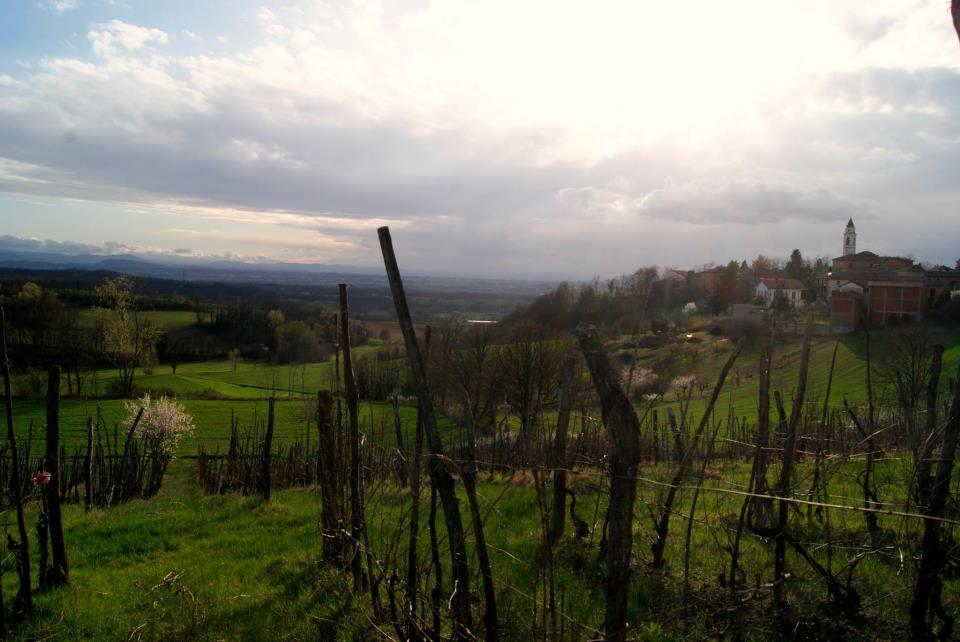 Region:
Region: -
Description:
Onda Brava is a partnership between Dani Rozman of La Onda and Leonardo Erazo of Rogue Vine / A Los Viñateros Bravos. Dani and Leo have been producing wines in Argentina and Chile since 2014, brought together by a common interest in organic farming and Itata’s terroir.
This collaborative effort is focused on the ancient, unirrigated and ungrafted vines in the hills of Itata. They explore sites that highlight the granitic soil and maritime influence that makes this region unique, and seek to make wines with intensity and freshness. The winemaking is very simple, and they use cement tanks as well as open Rauli vats. Grapes are foot-trodden as well as hand-destemmed in zarandas (the large bamboo mat-like sieves that are extended on top of the vats) utilizing traditional winemaking techniques. The wines are produced on a cliff overlooking the Pacific Ocean and the town of Cobquecura.
BOWLER E-Zine Issue 2 | Q1 2021: Granite Connections: Itata and Sierra Foothills - A conversation with Dani Rozman of Onda Brava and La Onda
Image: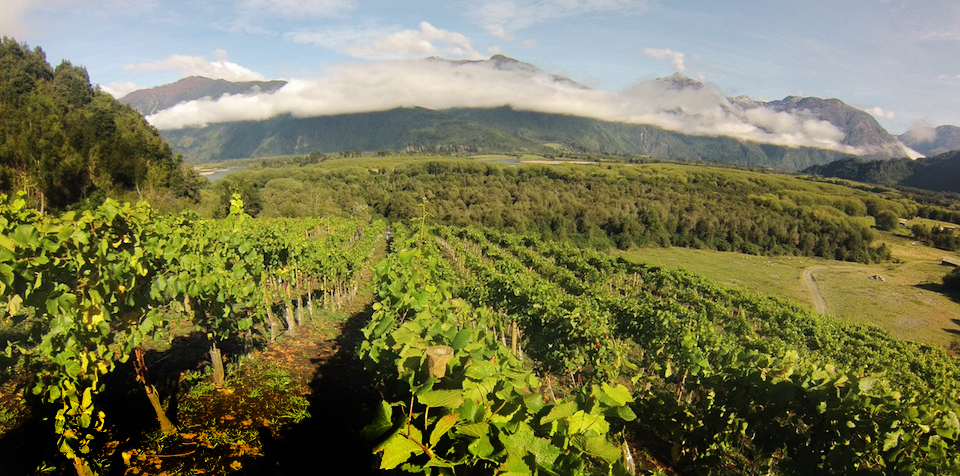 Region:
Region: -
Description:
Hungary’s legendary Tokaji has a long and distinguished history. Botrytis Cinerea, the so-called noble rot, was recognized in the northeastern region of Hungary in 1650. Its effect was dramatic.
“By the 18th century, this extraordinary wine was known to the French court, and was subsequently introduced to the Russian imperial court by the Hapsburgs. Only Constantia from the Cape of Good Hope rivaled Tokay as ‘the wine of kings and the king of wines’ during this period of sweet wine worship, with Tokay Essencia regarded as an all-purpose restorative.” - Jancis Robinson, Oxford Companion to Wine.
Eventually, Tokaji’s esteem crumbled during the communist regime so there was little known about this region even with its rich, early history. However, skilled and savvy winemakers began to make their way over to explore and understand the region's potential.
One of the first was Bodegas Vega Sicilia, which in 1993 acquired one of Tokay’s most highly-regarded properties, Oremus. The winery has 115 hectares of “first growth” vineyards, plus several kilometers and levels of underground cellars hand cut into volcanic rock. They are close enough to the Bodrog River to benefit from the particular climatic conditions that generate noble rot. Wines have been aging there under perfect conditions since the 12th century, in locally made, 136-liter Gonci and 220-liter Szerednyei oak casks.
The vineyards at Oremus are mostly on hillsides that rise steeply above the village of Tolcsva in the heart of the Tokaj-Hegyalja appellation. All the Oremus vineyards are classified ‘First Growth’, according to the historic Szirmay classification of 1803. The cellars themselves are found under the village Tolcsva, in a labyrinth of hand-hewn cellars dating back to the 12th century.
The wines are made by Tokaj Master Andras Backsos, from the traditional varieties: spicy Furmint, floral Hárslevelü, honeyed Zéta and fruity Muskat Lunel. The process itself is unique: fifty-pound puttonyos (tubs) of juice—paste, really—from botrytis-affected (aszú) grapes, individually picked, are added to 136-liter Gonci casks of regular fermenting must. After a 24-hour maceration, the mixture is pressed, and then aged in oak for as long as ten years.
Image: Region:
Region: -
Description:
Origin Spirits is the brainchild of Patrick Shelley, a longtime veteran of the fine spirits industry who has worked internationally for LVMH (Louis Vuitton Moët Hennessy) for 15 years. In his time in the industry, he found it difficult to find a vodka he could enjoy; to that end, he returned home to his native Ireland to produce one himself, and has since added gin to his repertoire.
Located in West Cork, Origin Spirits—etablished in 2013— produces two unique spirits, both from locally-grown barley. The south coast of Ireland bares the brunt of relentless Atlantic storms; it also enjoys a temperate, soft climate with spells of wind swept sunshine., perfect for growing crops like barley. In addition, some of the cleanest clouds in the world—having crossed thousands of miles of open ocean—drop rainfall on this remote countryside, so what doesn’t water the barley filters underground, where it spends hundreds of years being purified by the porous rock. The result? A perfect combination of resources for the production of these beautiful spirits.
While Ireland is better-known for its whiskeys, this new, young distillery proves that there is more to discover from the Emerald Isle.
Image: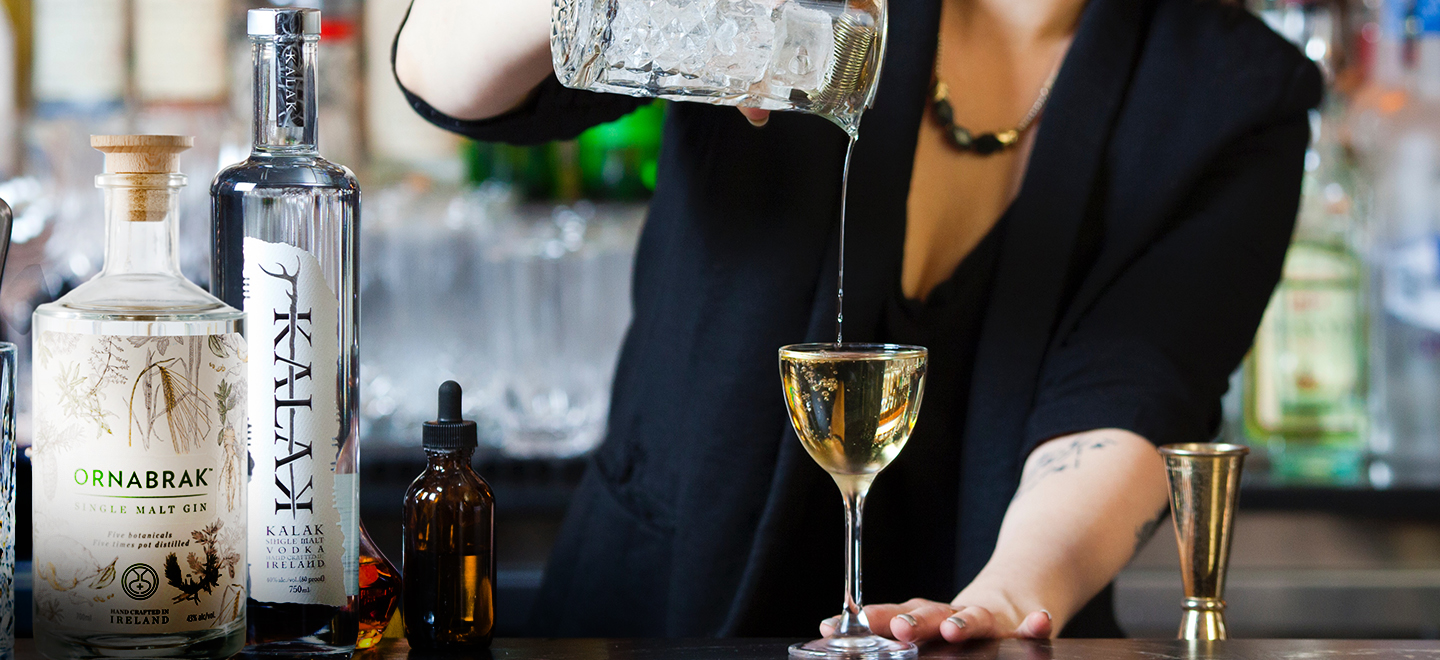 Region:
Region: -
Description:
Oro de Coyame Sotol is produced using Dasylirion wheeleri from Aldama, Chihuahua. Maestro Sotolero Gerardo Ruelas. Ruelas is one of the few heritage sotoleros in Chihuahua, carrying on a tradition going back three generations in his family.
The sotol plant, known informally as the desert spoon, was harvested to create a unique spirit that was popular during U.S. Prohibition. After legal alcohol production returned stateside, however, sotol’s popularity dropped off.
Sotol is a distilled spirit of Mexican origin sourced from the family of Asparagaceae; the genus Dasylirion and several species, most commonly: Dasylirion wheeleri, (commonly known as Desert Spoon or, in Spanish, sotol, sereque, cucharilla, or palmilla), a plant that grows in the Chihuahua desert of northern Mexico, New Mexico, Arizona, and west and central Texas.
Sotol liquor is a Mexican drink that is known as the state spirit of Chihuahua, Durango and Coahuila. Sotol has its own appellation of origin since 2002, and may be produced only in Chihuahua, Coahuila and Durango.
The Chihuahuan indigenous people, the Rarámuri, fermented sotol juice into a beer-like alcoholic beverage as early as 800 years ago. In the 16th century, Spanish colonists introduced European distillation techniques to produce a spirit.
The Desert Spoon takes approximately 15 years to mature and yields only one bottle of sotol per plant. It typically grows on rocky slopes in the Chihuahuan desert grassland between 3,000 and 6,500 feet above sea level. Unlike agave, which flowers only once in its lifetime, sotols produce a flower stalk every few years. Once the plant matures, it is harvested like agave plants. The outer leaves are removed to reveal the center core, which is taken back to the distillery. The core can then be cooked and/or steamed, shredded, fermented, and distilled.
They’re flowering succulent plants in the asparagus family, with long, thin, spiny leaves that make the plant overall look like a spiny sea urchin. Varieties of sotol grow throughout Northern Mexico, commonly found in the deserts of Chihuahua or forests of Oaxaca, but the range of wild sotol plants also creeps into the U.S. in Arizona, New Mexico and Texas. As a result, sotol is potentially both a Mexican and American spirit, though the tradition of sotol production in Mexico goes back much farther into the past.
Image: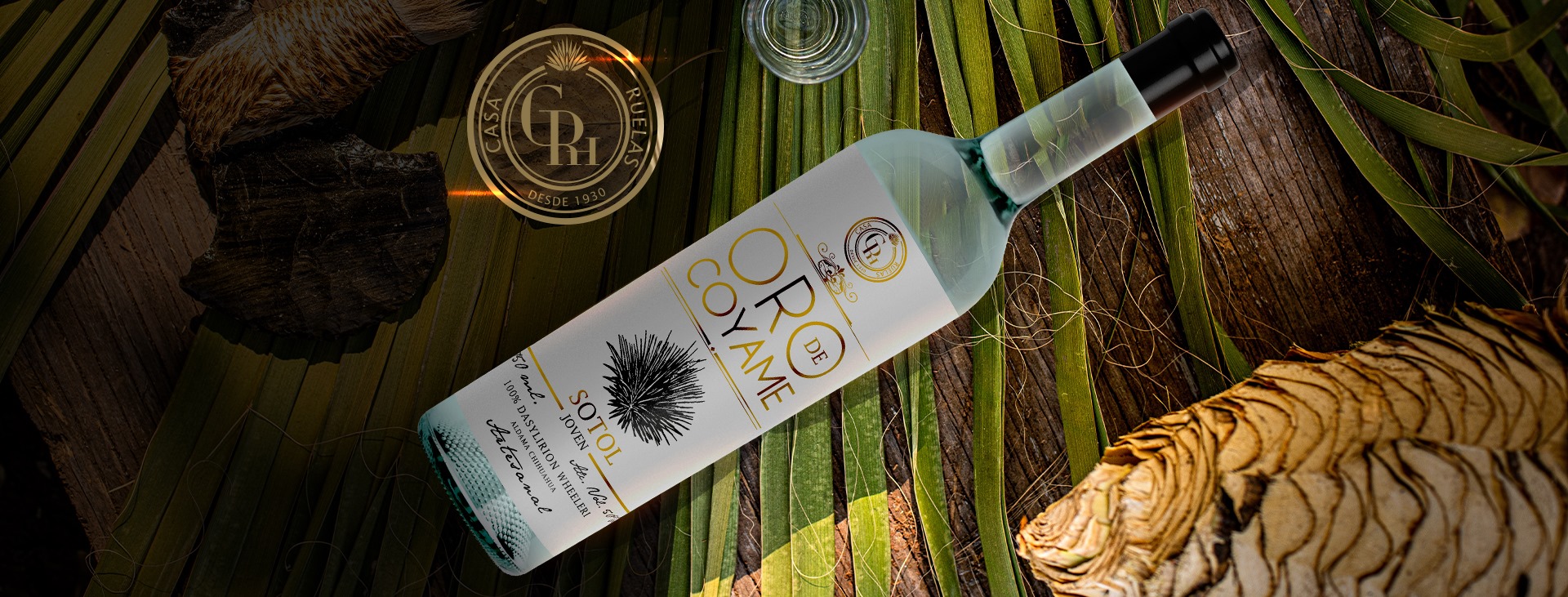 Region:
Region: -
Description:
The Rivera family has been known for their expertise of the process of cultivating and harvesting the finest agaves for four generations; they grow some of the finest Tequilana Weber Azul plants in the region. In 2006, the family expanded their skills to distilling as well, and their craft tequila was born. The Rivesca distillery is located in the heart of the finest Mexican tequila region of Amatitan, Jalisco. They are fortunate to be able to irrigate their agave fields with water from the natural springs of the Tequila volcano, which has unique characteristics that add to the fine taste of tequilas distilled from the agave in the region. All of the Oro de Lidia tequilas are produced with 100% of the finest blue agave, well trimmed of its pencas (or leaves) to avoid any bitterness. Pure spring water is used throughout the natural fermentation process. Each tequila is oxygenated, chilled to 4º C, then filtered through activated carbon filters before bottling, which makes it one of the smoothest tequilas on the market. The Reposado, Añejo, and Extra Añejo are then aged for months- or even years- in both American and French oak, which imparts deeper flavor and rich color.
Image: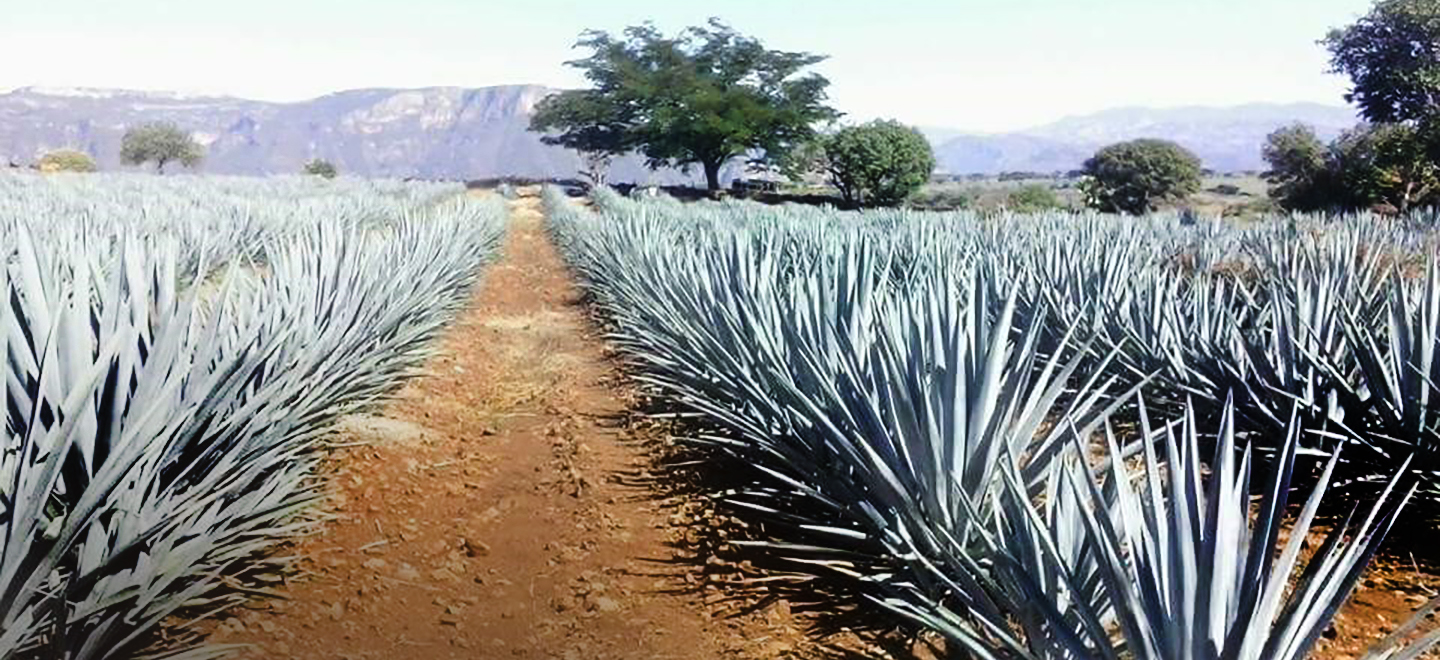 Region:
Region: -
Description:
Thank you to importer Louis/Dressner for this producer profile:
(Click here for more on Oupia on Louis/Dressner's website)
Everyone talks about the new quality of wines from the Languedoc. For us, this doesn't mean the ubiquitous varietal bottlings from irrigated flat vineyards but the wonderful wines coming from the best hillside vineyard sites in AOCs like Minervois, Corbières and Coteaux-du-Languedoc. The Château d'Oupia is one of the best.
André Iché inherited an impressive 13th century castle and a large estate in the barren Minervois region. Iché was never a member of his village coop, tended his very old vines and made his wines but sold everything in bulk to local négociants. One day, a Burgundian winemaker happened to be in Oupia, tasted Iché's wines, and was so enthused that he convinced Iché to bottle and market his production.
André expanded his vineyard holdings and started vinifying several cuvées of Minervois of his best grapes, the "Cuvée des Barons" and "Nobilis", aged in new oak barrels. He rebuilt a cellar, and, after much deliberation, bought and cleaned up some overgrown and steep terraces that had been abandoned since the late 19th century.
The "Minervois Tradition" is 50% Carignan (from vineyards up to 100 years old), 40% Syrah and 10% Grenache. It is aromatic, full and densely colored, with a long finish of dark fruits. The wine is elegant and balanced — it is both enjoyable to drink young and can age 5-7 years. "Cuvée des Barons" and "Nobilis" are 60% Syrah and 40% Carignan, from a selection of old vines in the best plots, and are aged in Bordeaux barriques for 20 months. They are slower to evolve than the "Tradition" and exhibit more elegance and restraint, but similar dark berries and spicy aromas.
Robert Parker has consistently praised this estate and rated the wine a "best buy." He wrote: "Château d'Oupia has produced the ideal bistro wine. Dark, ruby-colored, the wine is wonderfully clean and pure, with an exuberant personality, and gobs of rich, peppery, red and black fruit...Bravo to proprietor André Iché!"
André passed away in late 2007. His daugher, Marie-Pierre, currently runs the estate with the help of Fabrice Lopez and many old timers who know the land like the back of their hands.
Image: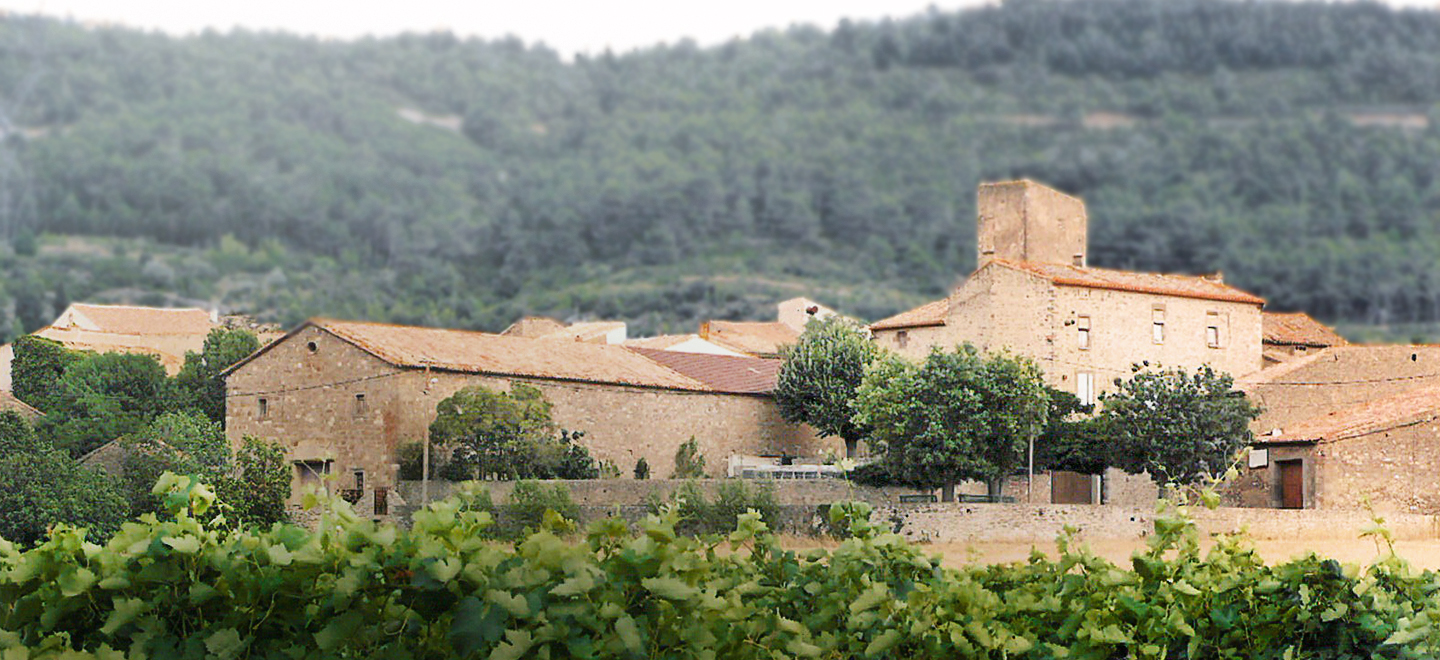 Region:
Region: -
Description:
Passionate Wine, by Matías Michelini, is a project in constant creative evolution. Since renting an old abandoned bodega in Tupungato and transforming it into a collaborative winemaking facility, Matias has experimented and created wines from various terroirs, always with his characterful imprint of pushing the envelope while holding the utmost respect and admiration for nature; he takes the freedom to innovate, looking to make pleasurable wines while exploring undiscovered terroir.
The bodega was originally owned by Italian immigrants and had been abandoned for more than a decade. He hired street artists to paint it with his wine labels on the walls. One of the artists painted a gigantic gorilla on the exterior wall of the winery, stealing the wines. Soon the winery started being referred to as 'The Monkey’s Place' by the locals. It is in the 'Monkey's Place' that Matias makes another one of his most well-know wines, under the Via Revolucionaria label.This profile and tasting notes were edited from the Brazos Wine website, along with the pictures used. For more information please visit: Brazos
Image: Region:
Region: -
Description:
Beaujolais winemaker, Marine Descombe, purchased this small estate in the village of Beine in 2017. Passy Le Clou is an old family winery, formerly owned by respected Chablis winemaker Gérard Patrice. Having no children to pass it on to, he sold to Marine, who is deeply invested in preserving the history and the land of this domaine. She follows strict environmental guidelines to preserve the health of the soil and wildlife. Soils are tilled to avoid using herbicides by improving their aeration, soil structure, and water conservation. Natural hedges stimulate biodiversity, and only natural fertilizers and cover crops are used. An artificial lake helps moderate the climate and protect against the severe frosts of this northerly region.
Passy Le Clou’s 30 hectares are spread over 21 individual plots, which Marine vinifies separately (with a small team of just 7 people) to showcase the individual expression of the terroir. The winery itself is modern, allowing precise winemaking with a light and delicate touch.
Image: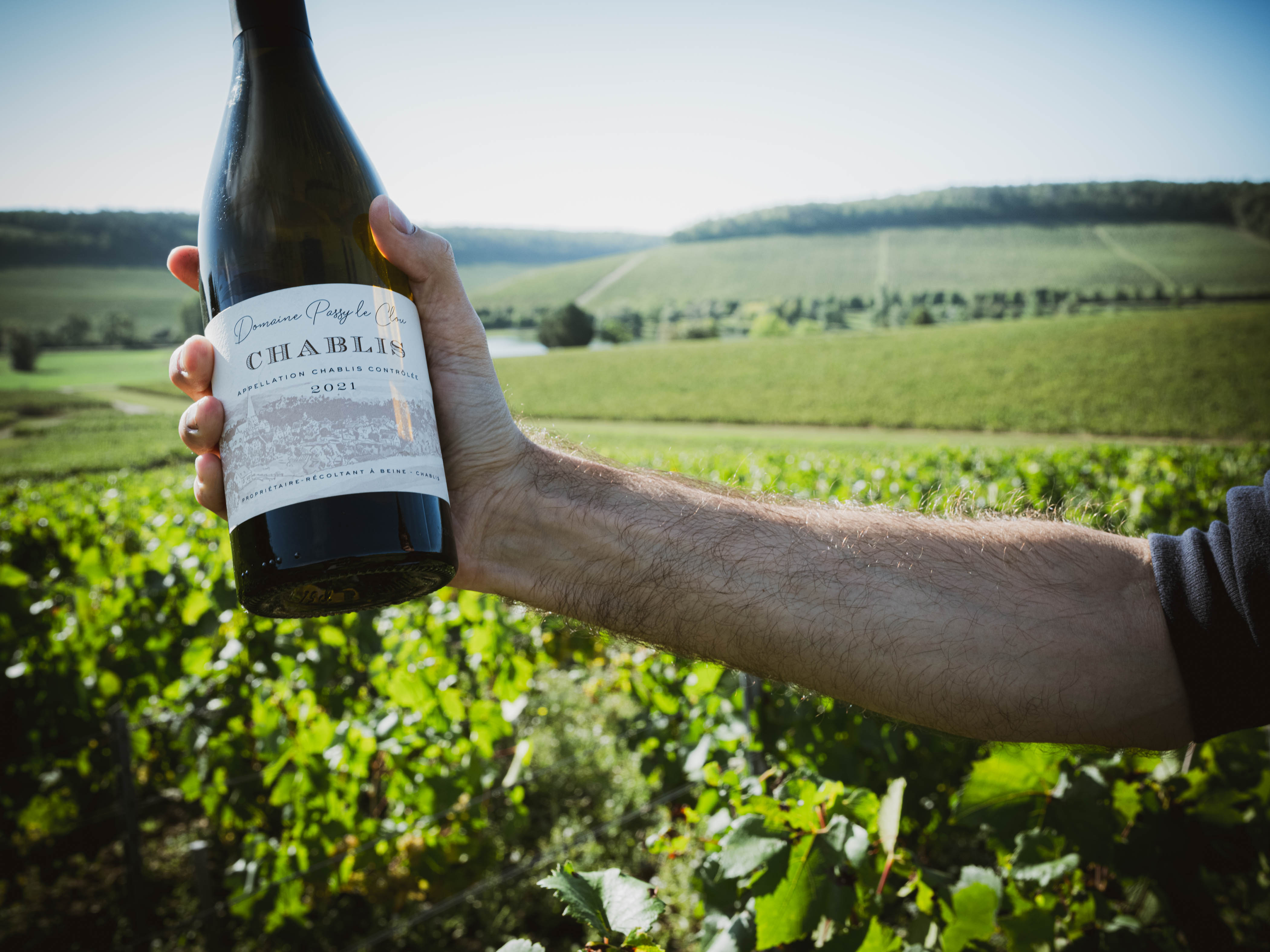 Region:
Region: -
Description:
Paul Devoille is located Fougerolles, a former commune in the Haute-Saône department in the region of Bourgogne-Franche-Comté in eastern France. On 1 January 2019, it was merged into the new commune Fougerolles-Saint-Valbert. Known for their fruits, especially cherries.
In 1859- Xavier Devoille founded a fruit distillery in Fougerolles, at a place called Charton. Then in 1905 after taking over from his father, Paul Devoille set up his distillery in the rue des Moines Hauts, in a group of buildings that housed a foundry, then a bottle packaging workshop.
With the death of Paul Devoille in 1954. Raymond Gouttefroy his son in law took over. Then 1972,- he passed on the distillery to his daughter Elisabeth and his son-in-law Jacques Veillet who developed exports and participated in trade fairs. In 1992- Hugues de Miscault took the helm of the distillery and continues the development of the house with respect for his predecessors, but adding a touch of modernity and innovation.
In 2019- The Paul Devoille distillery celebrated its 160th anniversary!
In 2020, two new hammered copper stills in the distillation room are added: a 1500-liter column still and a 500 liter still.
Depending on the harvest, 400 to 500 tons of fruit are used each year. The fruits mainly come from French producing regions (pears from the Rhône valley, cherries from Fougerolles and the surrounding area and plums from Lorraine.
The fruits are selected at the height of maturity are put to ferment. After 2 days, thanks to the action of natural yeasts, the sugar turns into alcohol. The natural fermentation of the fruit lasts 5 to 8 weeks.They distill in a traditional way in copper stills, one of which is more than a century old. At each distillation, their distiller takes only the best of the brandy, where the aromatics of the fruit is the best.; This is called the heating core , or “good taste.
EPV label - Living Heritage Company
In 2015, the Paul Devoille distillery obtained the EPV label, Entreprise du Patrimoine Vivant. This state label issued by the Ministry of the Economy rewards companies using exceptional ancestral know-how. It is a great source of pride and recognition for all employees."
Image: Region:
Region: